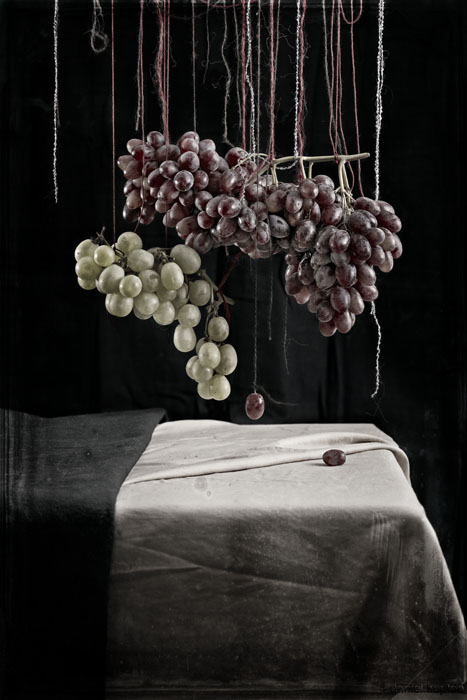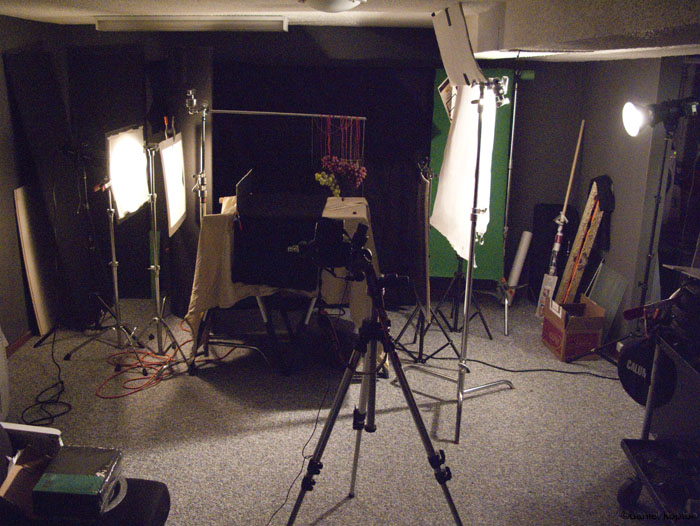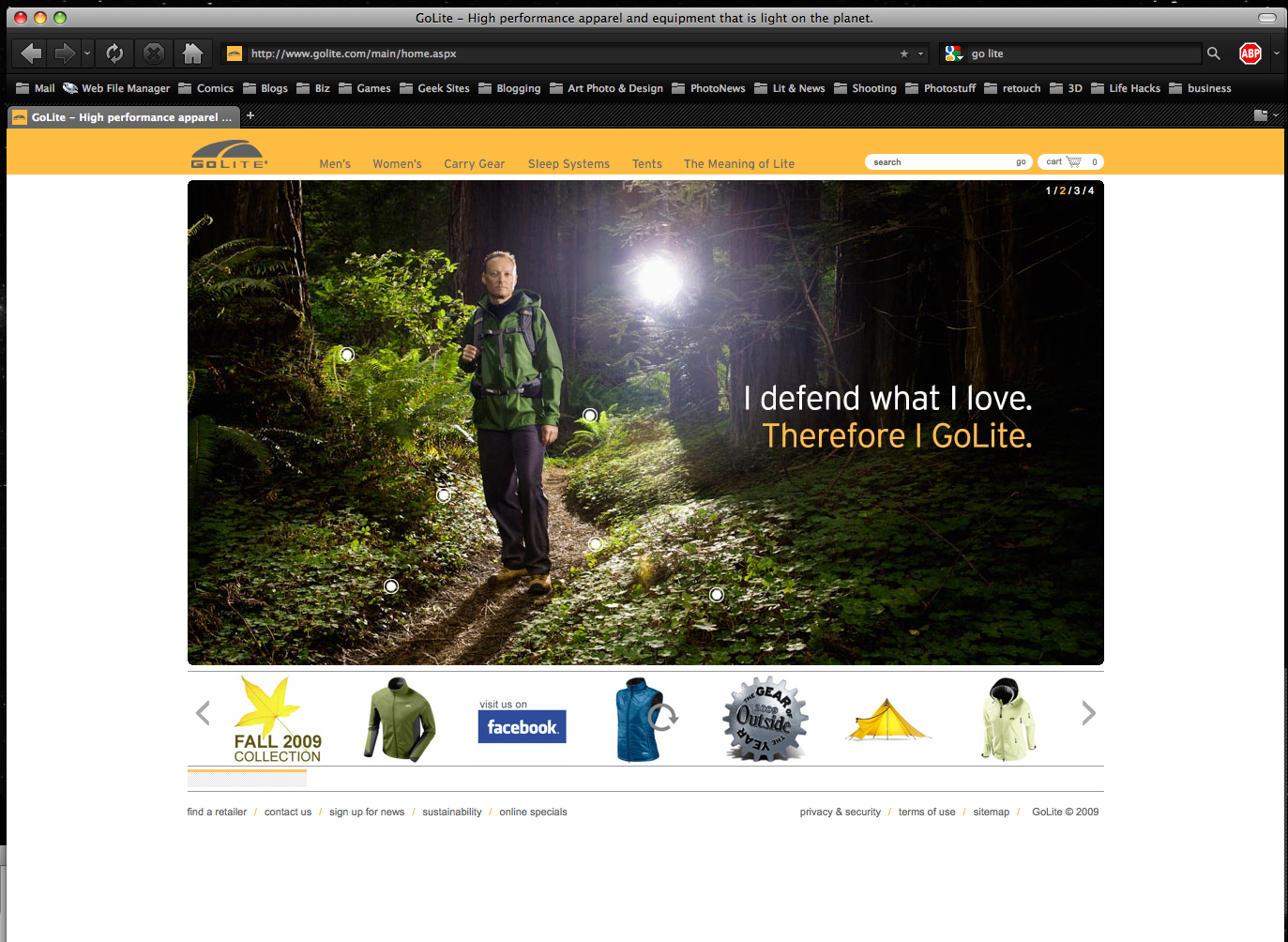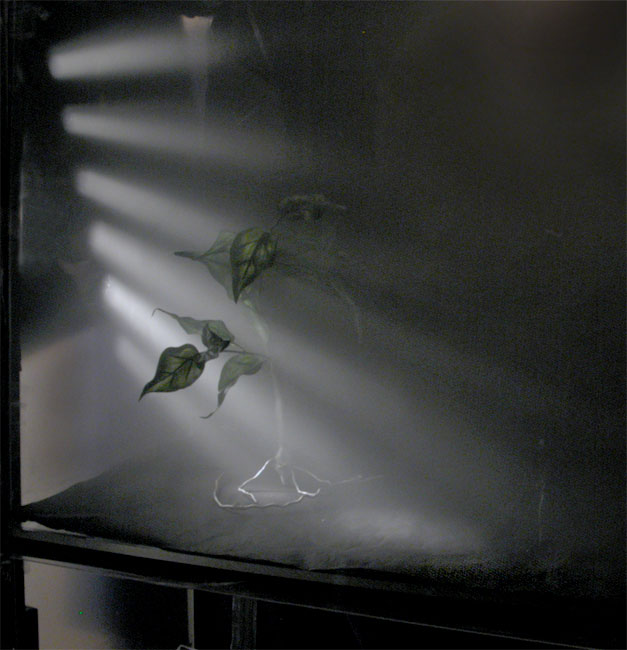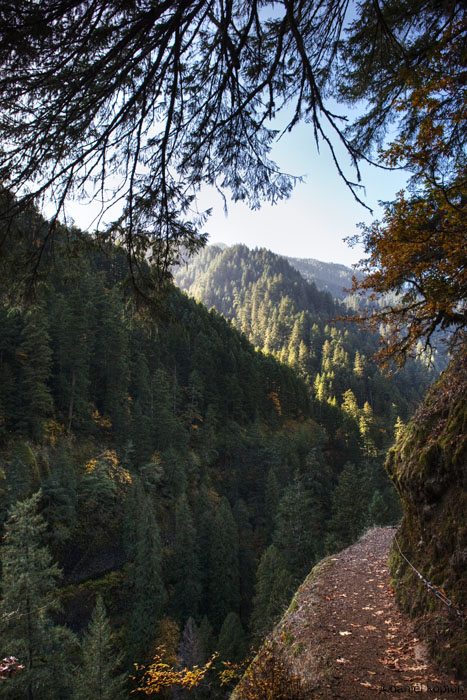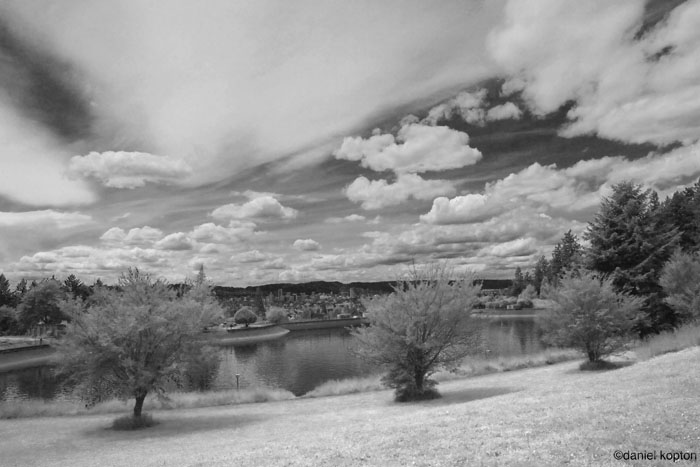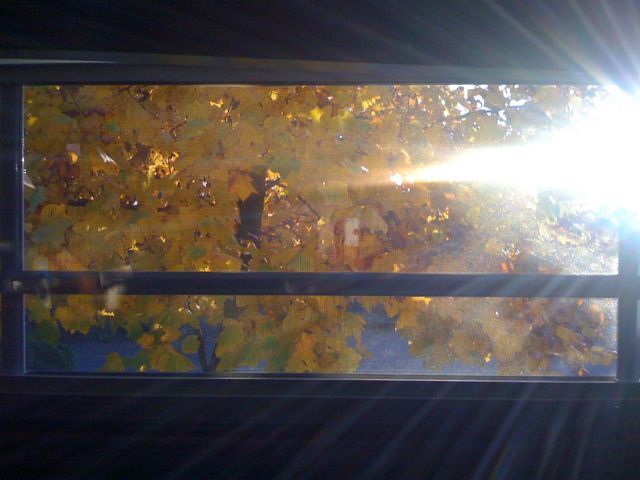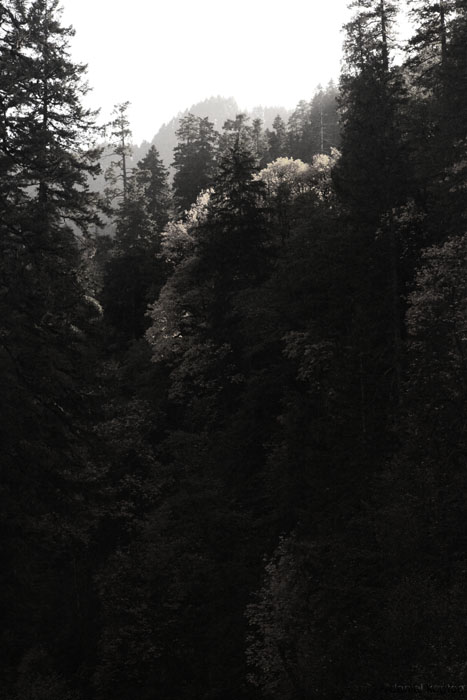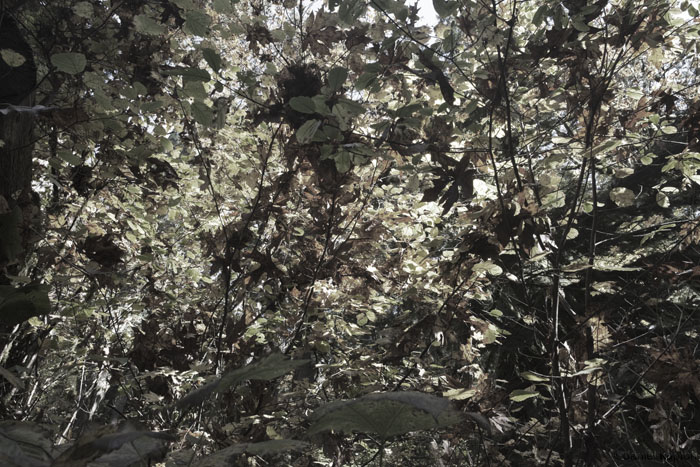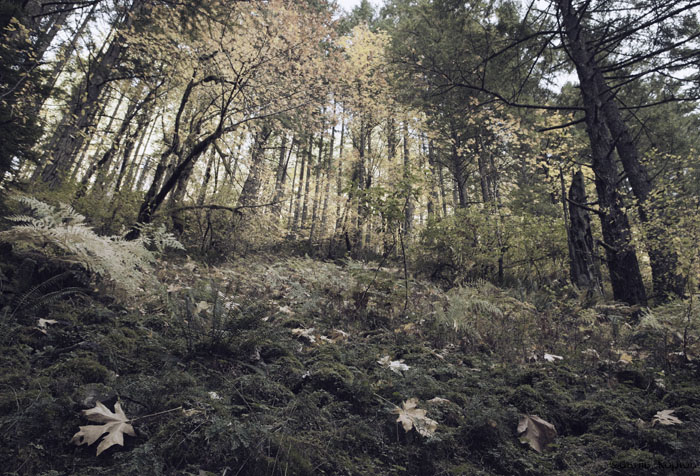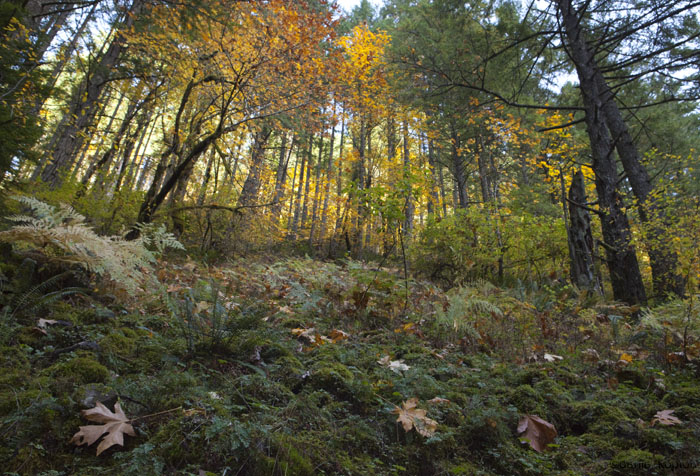[gallery link="file" columns="4"]
So I have been into Baroque painters as of late. The quality of light I find amazing, the attention to the details and great composition makes this a great time to study up on and learn. The use of everyday objects also have a way of taking one back to that time and place. It reminds me to shoot current items so that they will be grounded in time.
Today I have been looking at Pieter Claesz. (web gallery link)
"Pieter Claesz (wiki link)(c. 1597-1 January 1660) was a Dutch still life painter, born in Burgsteinfurt, Westphalia (now Germany) and active in Haarlem, where he settled in 1621. He and Willem Claeszoon Heda, who also worked in Haarlem, were the most important exponents of the "ontbijt" or breakfast piece. They painted with subdued, virtually monochromatic palettes, the subtle handling of light and texture being the prime means of expression. Claesz generally chose objects of a more homely kind than Heda, although his later work became more colourful and decorative. The two men founded a distinguished tradition of still life painting in Haarlem, but Claesz's son, Nicolaes Berchem, became famous as a landscape painter and was also know for his talent in music. Claesz's still lifes often suggest allegorical purpose, with skulls serving as reminders of human mortality."

